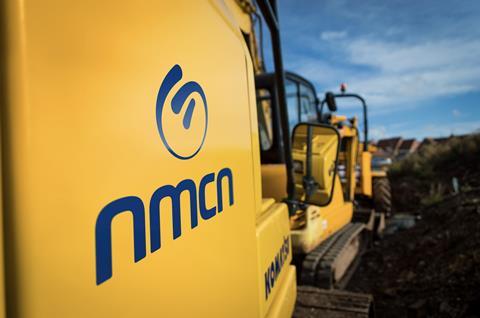Contractors hit harder than architects as costs rise and government ends covid support
More than 340 architecture and engineering firms have gone bust since the start of the pandemic, according to the latest figures for England and Wales from the Insolvency Service.
There were 27 firms in the category that went under in November, a year-on-year increase of 145% and barely down from 2021’s peak of 30 insolvencies in September.
Between March 2020 and November 2021, 343 firms collapsed. There were around 9,000 architecture practices in the whole of the UK in 2020, most of them sole traders, according to the Architects’ Council of Europe.
The Insolvency Service’s statistics do not break down industries into any greater level of detail than “architectural and engineering activities and related technical consultancy”. November is the latest date for which there are figures because of the lag in reporting.
But the report does show that contractors and specialists were the biggest losers in the overall construction sector.
The industry was warned to expect more firms to go bust after the figures showed the number of contractors going under had risen by 25% between October and November, with 325 businesses going bust during the period.
The figure accounted for 19% of the 1,678 firms which collapsed across all industries in the four-week period.
Building firms made up a third of construction’s casualties with more than half coming from the specialist trades such as demolition and enabling contractors. Less than 10% were from civil engineering.

The figures have prompted concerns that numbers will increase this year as firms struggle to cope with rising inflation on labour and materials, having been lumbered with contracts agreed at fixed prices several years ago.
John Bell, senior partner at Clarke Bell Insolvency Practitioners in Manchester, said: “The sector is being hit by numerous issues including rising raw material prices, supply chain disruptions, historic debts built up during the pandemic, labour shortages and being tied to fixed-price contracts while the rate of inflation is rising.
“It is the combination of these difficult factors that is leading to so many construction companies going insolvent and being liquidated.”
In its latest report on profit warnings, accountant EY Parthenon yesterday said the number of firms across all industries being forced to issue profit warnings had gone up to 70 in the final quarter of last year – a rise of 19% on the same period in 2020.
And Ian Marson, the head of its construction business, said he expected a spike in the number of construction firms beginning to struggle to start rising in the spring.
“I think it will continue to escalate,” he warned, adding that smaller and medium-sized firms, who had eaten into cash reserves to get through the pandemic, most likely to struggle to meet rising materials and labour costs.
Arcadis’s head of strategic research, Simon Rawlinson, said the latest insolvency figures “tells us more about the withdrawal of business support associated with covid rather than the immediate state of the construction sector”.
He added: “Business protection measures introduced in May 2020 included six insolvency measures to give companies breathing space to organise a corporate rescue. These measures were withdrawn at the end of September 2021, so the November 2021 data will be the first opportunity to assess the post-covid health of the sector.”
But he admitted he expected the “level of insolvencies will continue to grow as businesses struggle with current market conditions and covid-related debt”.
However the latest RIBA Future Trends report found architects were confident about workloads in the first quarter of 2022, despite projects continuing to be dogged by delays, shortages and inflation.
















No comments yet